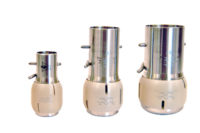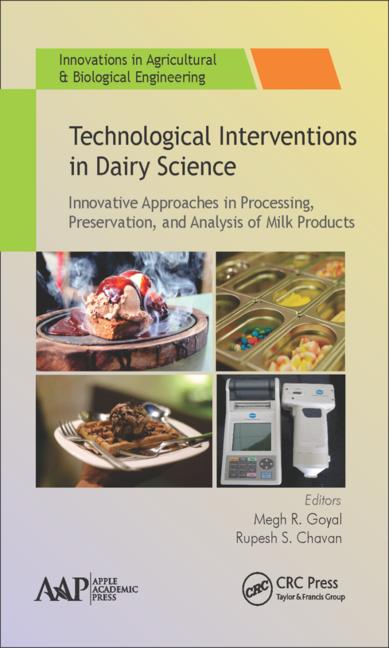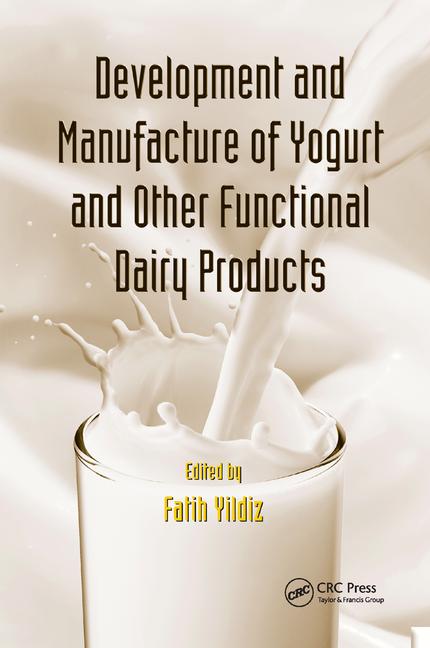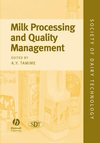Yogurt is one of the shining stars atop the fermented foods industry, so it is worthwhile troubleshooting commonly seen issues in producing this product. In this article, I discuss the top five defects that may occur in a dairy plant when producing yogurt, and propose possible corrective actions for each.
Problem 1: A grainy texture during fermentation
Often, plant managers get in a hurry. They know the higher temperature they set their yogurt, the faster the fermentation time will be, and the faster they can break, cool and package it. Although this is true to some degree, it can be detrimental to the consistency or texture of the finished yogurt. Yogurt set at higher incubation temperatures can incubate to a grainy texture.
How does this happen? Faster acid production from the culture as it metabolizes lactose and ferments it into lactic acid can shock the inherent dairy proteins in the yogurt. Incubating yogurt at a set temperature of 110 F may reach the break pH in a shorter amount of time—let’s say, 7.5 hours instead of 8 hours. But the faster acid production from the lactic acid bacteria can shock the dairy proteins and make the finished texture grainy in the incubation vat or in the cup, if it is set in the cup.
Solution: If the problem is created from setting too high of a fermentation temperature, then obviously the solution is to set it at a lower incubation temperature. Why? Setting the yogurt at a lower set temperature of 104 F will produce acid at a slower rate, with less probability of shocking the dairy proteins.
So if you are having trouble with a grainy texture, try setting your yogurt at a lower set temperature with the same culture. You may be surprised at the results.
Problem 2: Yogurt is too tart, or has too low of a finished pH, or too high titratable acidity
Consumers don’t usually like yogurt that is too tart. How does this happen? You need to take care in anticipating at what pH the yogurt should be broken and cooled. If you want to have yogurt that has a pH of 4.30 in the finished cup, then you might need to break the yogurt at a pH of 4.70 in order for it not to go below 4.30 by the time the yogurt is packaged in the retail cup, cased, stacked and cooled in the cooler.
Solution: Obviously the solution to this problem is to simply raise the break pH to allow less of a pH drift downward by the time the yogurt has cooled, been mixed with any added fruit and sugar, and it is finally cooled down in the finished retail package.
If you are having trouble controlling acidity development or having the pH drift lower at a break pH of 4.6, raise the yogurt break pH to 4.65 or 4.70, and cool it as quickly as you can. You can also use a milder culture that doesn’t continue to produce acid as quickly once the yogurt is broken. Culture suppliers offer a wide range of mild yogurt cultures, so perhaps a change of culture is in order.
Problem 3: A grainy appearance from starch selection or stabilizer selection
Many starches can have a grainy texture if they are not fully cooked out and swollen. Starch exists as tiny “granules” that swell and enlarge in size, which develop viscosity as they tie up or bind the available moisture in the dairy product. After all, milk contains 87% water, and plain sweetened yogurt in fact would have about 76% available water, depending upon the fat level and the total solids level.
Not fully swelling the starch granule or “undercooking” the starch can result in a grainy texture in the finished yogurt. The yogurt will not appear “grainy or gritty” in the mouth, but will have a coarse or “unsmooth” look to it. It may appear dull and not have a shiny look to it as well.
Solution: Choose another starch or increase the cook-out temperature of the starch by pasteurizing the yogurt at a higher temperature. If the starch is part of a stabilization system, it may be necessary to work with your supplier to change the starch portion in the yogurt stabilizer if you feel a smoother starch is necessary. Perhaps the starch may be too highly crosslinked or modified and cannot fully swell or cook out at your current pasteurization temperature.
Problem 4: Too weak of a body and texture
Often yogurt is over-sheared. In other words, after incubation and breaking in the vat, it is over-agitated, resulting in a weak or loose body and texture before it even gets into the final retail package. In this case, it may be sheared down in the setting vat itself as it is being cooled, sheared too much during transfer through a cooling plate, or sheared too much when the fruit and additional sugar is added.
Be careful that you don’t over-stir the product along every step of the process once the yogurt has reached the break pH. Over-stirring results in yogurt with weak body and texture. This can mean a lower filling viscosity at the filler, and a weaker finished product in the retail package.
Solution: Keep agitation of the white mass to a minimum in the vat, during cooling and before filling. This may mean intermittent agitation with timers being placed on the yogurt vat agitators to minimize shear in the vat during cooling. If you hold it in a flavor vat while it is waiting to be packaged by the cup fillers, watch that you don’t over-agitate it here.
Problem 5: Syneresis in the finished package
All dairy products can suffer from free moisture or syneresis after the product is incubated and broken. When the “protein gel matrix” is disturbed, the interspatial areas between the casein micelles have a tendency to give up the free moisture or whey that has been trapped in that matrix. This results in free whey or a term we refer to as “wheying off.”
Whey can be stirred back into the white mass before packaging, and stabilizers can help tie up the free whey so that it has less tendency to be “expressed” once the protein gel or yogurt coagulum is broken in a vat set product.
Solution: If excessive wheying off is an issue you may need to increase the stabilizer level, use a different stabilizer, or add more solids (nonfat dry milk) to the yogurt formula to increase the total solids. Adding more total solids (and more specifically increasing the milk solids not fat) means less available moisture or whey that can be expressed out of the yogurt considering the basic yogurt formulation itself.
Cultured dairy products are complex and require strict attention to detail in order to have the best-quality product your dairy can produce and put in front of the consumer.











